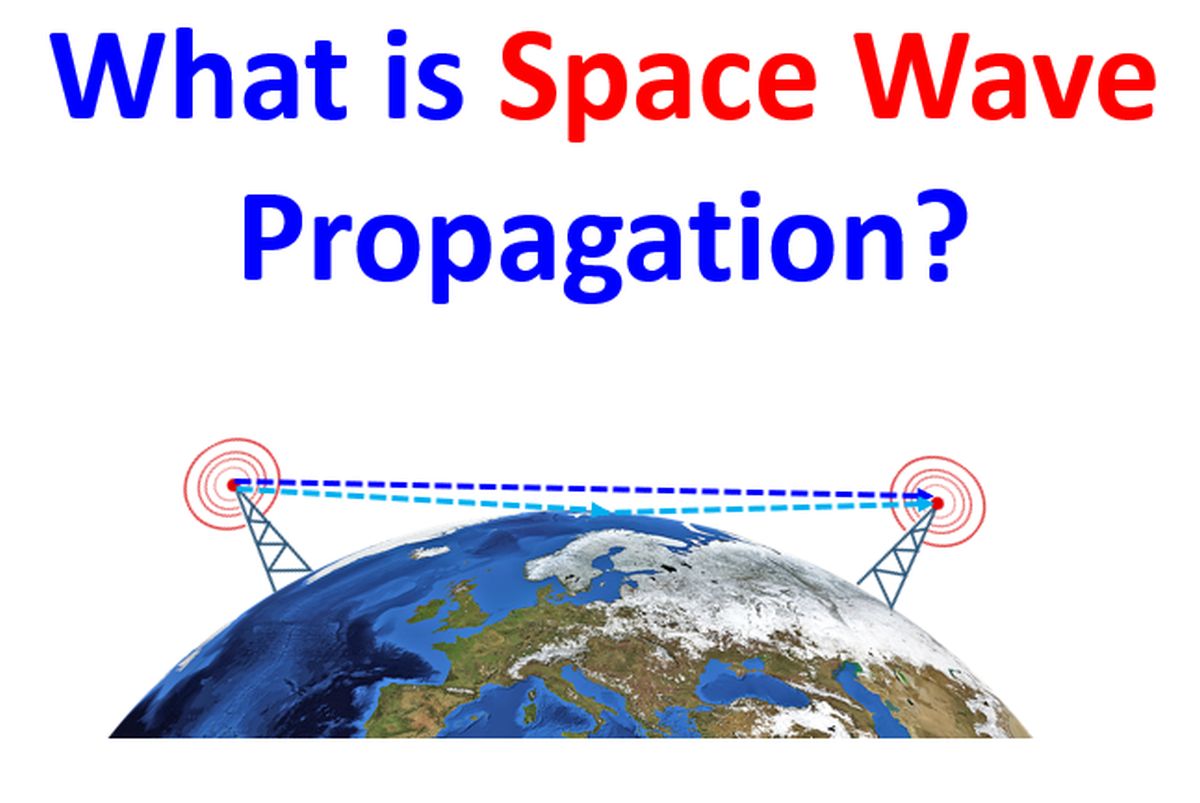What is Space Wave Propagation?
What is Space Wave Propagation?
Space wave propagation is direct line of sight propagation between the transmitting and receiving antenna, typically occurring at frequencies above 30 MHz. Propagation could also occur by reflection from the ground to the receiving antenna, with attenuation. Space wave propagation occurs through the troposphere, the lowest layer of the earth’s atmosphere. Hence it is also called tropospheric wave propagation. At high frequencies, as the wavelength is low, absorption by obstacles is high and space wave propagation occurs well only when there are no obstacles between the transmitting and receiving antennas. Curvature of the earth is another factor limiting space wave propagation. That is why tall antennas are used for point to point line of sight microwave communication links using space wave propagation.

For me the term space wave appears like a misnomer because the wave never reaches the space beyond the earth’s atmosphere! It occurs within 10-20 km of the earth’s surface, which is the extent of the tropospheric layer of the atmosphere. The range of signal in space wave propagation is related to the height of the antenna. If you need a range of ‘X’, the formula is: H = X2/2R where R is the radius of curvature of the earth and H the height of the antenna. In this calculation, only height of one antenna is considered, the other antenna is presumed to be at ground level, for simplicity of calculation. If the receiving antenna is also at significant height, the range is expected to be more. Yet you should remember that R in the denominator is the radius of curvature of the earth, which is quite large in comparison to the height of the antenna.
Just as an academic exercise, I tried calculating the height of antenna needed for a 10 km range, assuming the radius of curvature of the earth is 6000 km, for simplicity of calculation. Height of the antenna needed is about 8 m for a 10 km range. But to get a range of 20 km, the antenna will have to be 33 m high, as it is an exponential relationship with the range, antenna height being proportional to the square of the range needed. You could use this formula for calculating the likelihood of working stations on 6 m, 2 m and 70 cm on simplex mode. Of course, there should be no major obstacles in between, compared to the wavelength of the signal. If that is taken into consideration, propagation should be better for 6 m compared to 70 cm, because of higher wavelength. You could use the ‘Detail’ tab on qrz.com to find the distance between your station and the station which you intend to contact, presuming that both have mapped it correctly with the grid square. There could be some error in my calculations and hence you are requested to verify the calculations yourself.